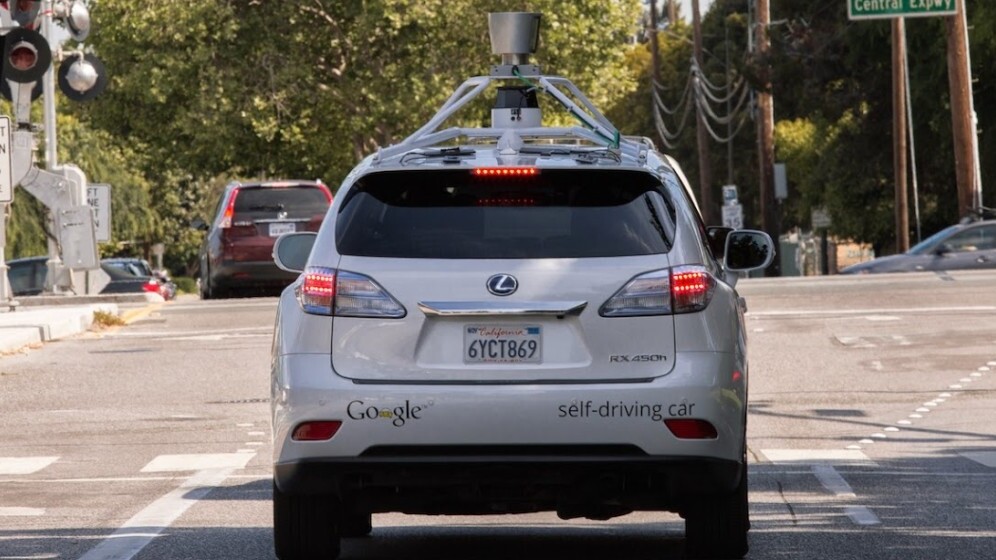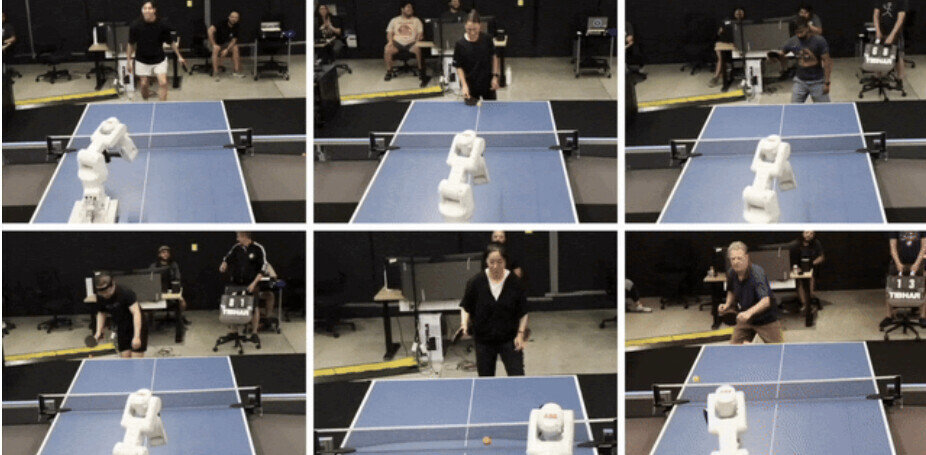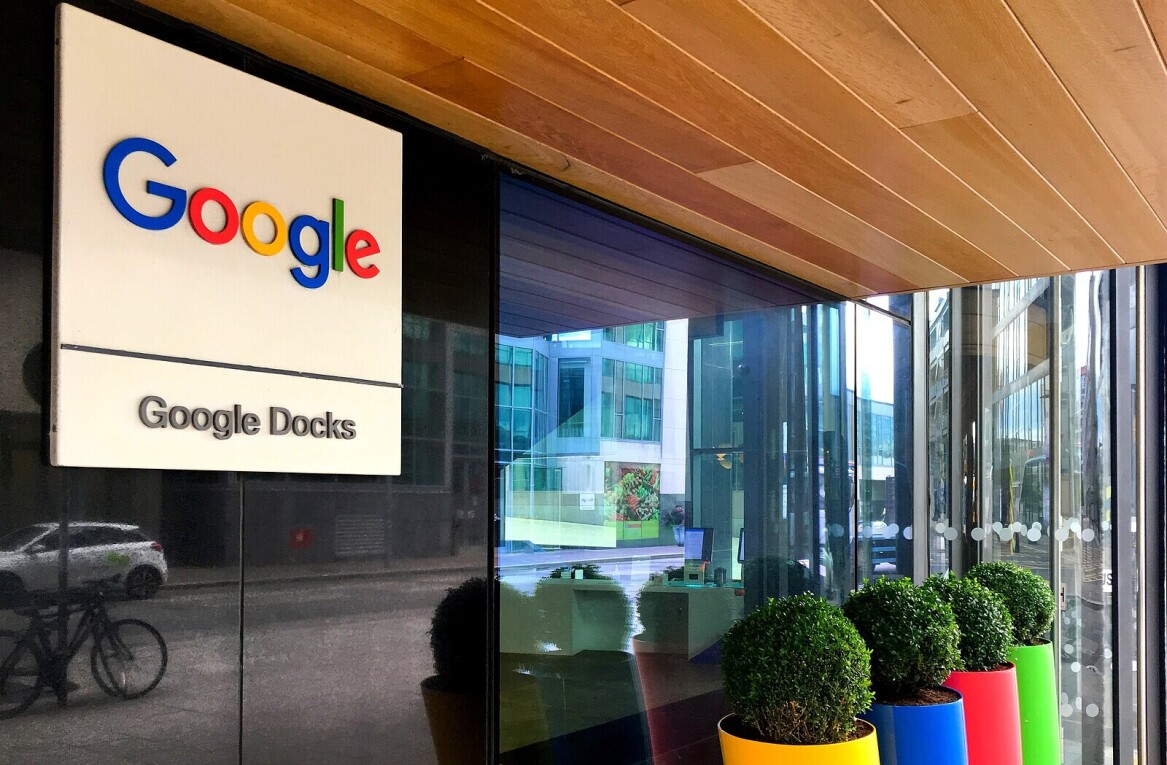
The viability of self-driving cars will likely be debated and scoffed at for a long time, but at least we know they’re not distracted by their cellphones.
In an article on Backchannel, Google revealed details about how its cars work and some of the mishaps they’ve gotten into. After all, one of the guiding principles behind autonomous vehicles is being able to reduce car accidents, and driver mistakes cause 94% of them in the US, according to the National Highway Traffic Safety Administration.
Google has over twenty cars on the road, which have driven a combined 1.7 million miles in the 6 years since the beginning of the project – both autonomously and with some manual intervention. The company says they now cover about 10,000 miles a week in autonomous mode, or nearly as much as the typical American driver does in year.
Throughout all those miles – mostly on city streets – the vehicles have been involved in 11 ‘minor’ accidents, with no injuries. Make what you want of that number, but the key point is that none of the accidents so far have been the fault of the self-driving car, according to Google.
Instead, they’ve been a result of reckless driving. City streets are far more likely to be the scene of collisions than highways, and Google saw all sorts of distracted driving – ranging from the unfortunately common cellphone use, to one person even playing the trumpet.
Though Google says the collisions are not its fault it tries to learn what it can to identify patterns in poor driver practices. For instance, Google’s cars will pause before entering an intersection right after the light turns green, as this is often when vehicles will try to speed through in a hurry. In one case, an incoming cyclist barely avoided colliding with a turning car.
Google’s 360-degree cameras noticed it, predicted its path, and waited until the cyclist had passed before proceeding.

It’s interesting insight into the way autonomous vehicles work, so check out the full piece at the source link below.
➤ The View from the Front Seat of the Google Self-Driving Car [BackChannel]
Image Credits: BackChannel
Get the TNW newsletter
Get the most important tech news in your inbox each week.





